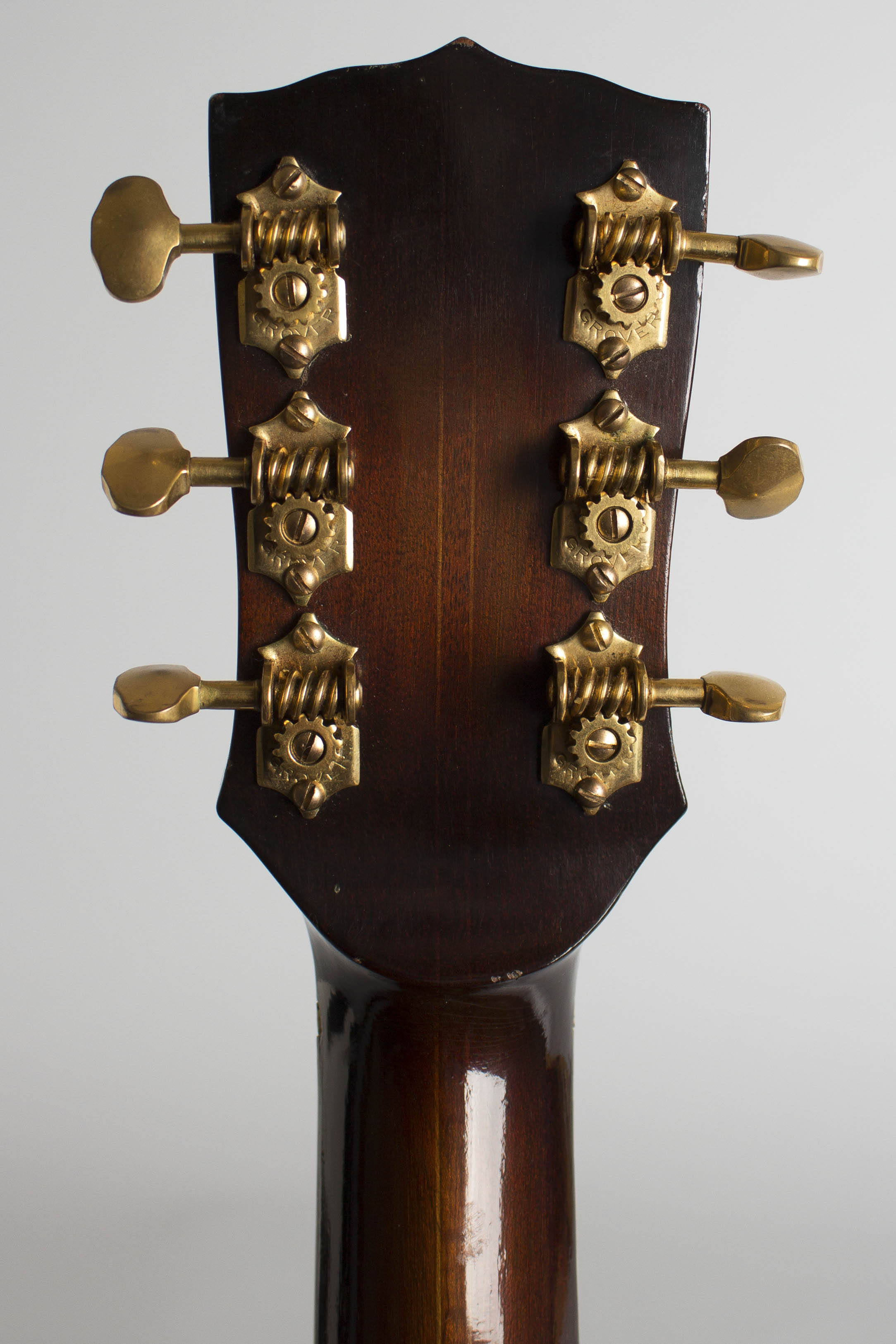
Before Segovia, people believed this could not be done.Īlthough Segovia did all these things, the real debt that we owe to him is that of making the guitar truly a world instrument. He was the first person to perform in a concert hall. He also encouraged many composers to write for the guitar. Segovia performed, transcribed, taught and discovered a tremendous amount of music. Some well known composers who played the guitar are Carl Maria Von Weber, Rossini and his wife, Verdi, and for many years Franz Schubert did his composing on his guitar which hung over his bed. He once built a Guitar with a spruce top and paper mache back and sides to prove his theory that it was the top that produced most of the volume. He was the first maker to use "fan" bracing underneath the top. He increased the size and experimented with anything that would improve the sound, and was especially interested in volume.

Antonio de Torres (1817 - 1892) worked with the design and construction of the guitar. Up until this point the instrument itself was small and narrow. Tarrega began the tradition of playing with the fingernails. Segovia was one of many guitarists that were influenced by him. He also transcribed many pieces of music for the guitar. He did compose, and he wrote a method for teaching guitar. His best piece in my opinion is the now very famous "Receurdos De La Alhambra." He did few public performances and chose to perform for friends at his home. Stradivarius made guitars as well as violins.Īt the end of the 19th century, the guitar had fallen out of favor, but was resurrected by Francisco Tarrega. In memoirs, George Hogarth stated: "He astonished the audience by his unrivaled execution." Paganinni was also active, playing and writing for the guitar as well as the violin. Sor played the guitar as a solo instrument at the London Philharmonic Concert in 1817. The guitar was very popular and guitar concerts were common. Fernando Sor, Mauro Guilliani, Matteo Carcassi, Fernando Carulli and many others wrote music, published methods and performed concerts. The double strings were replaced by single strings, and instead of five pari, there were six single strings.ĭuring the Classical period there were many publications, composers and performers. If a modern player really wants to have a complete, accurate repertoire of the Baroque Guitar, it would be necessary to either re-string for different pieces, or have at least three instruments for the different tunings.Īt the end of the Baroque period two significant changes were made.
Vega guitars history plus#
The fifth course was tuned in one of three ways.Ī low "A" plus an octave for the second part of the courseīoth strings an "A" an octave higher than the modern guitar. It's repertoire and the complexity of the music increased. The first publication for guitar is thought to have been Alonso Mudarra's "Tres Libros de Musica en Cifras para Vihuela." Eventually, the guitar began to attract players, more publications and music began to appear.ĭuring the During the Baroque period, A fifth course was added. It was not considered a serious instrument.

Each pair was call a course.ĭuring the Renaissance, the guitar never had the respect the lute enjoyed. The first guitars were very small, and were originally strung with four pair of strings. This early instrument was a "four course" guitar, from which the ukulele is derived. It is thought to have been invented by the people of Malaga. Realistically, it cannot be traced back further than the 15th Century.

The top is carved solid Spruce, the sides and carved back are Maple, possibly a laminate.Ī newer, quality hard shell arched top case is included.The guitar's roots are in Spain. The original tuners have been replaced with Grover Sta-Tite 18:1 ratio tuners in nickel finish, and the bridge is a Rosewood replacement from Stewart-McDonald. Naturally the frets were also replaced, and have very light wear.Ī K&K pickup has been added, with the element under the bass bridge foot and the output jack attached to the tail pin. During that process, a modern truss rod and side dots were added and as a practical necessity, the neck finish has been oversprayed. The original fingerboard was extremely rounded, so it was removed and a new wider board added. This Vega C26 is in good playing condition, due largely to extensive work done to the neck. The C26 model was built from 1940 to 1949. By the 1930s as banjos were waning, Vega began to focus on building guitars and many quality archtops were built.

Vega is one of the older names in American musical instrument production, first operating in Boston, Massachusetts in 1881 and making guitars, mandolins, and horns. Here’s another unusual guitar – from 1945, a Vega C26 archtop acoustic guitar.


 0 kommentar(er)
0 kommentar(er)
